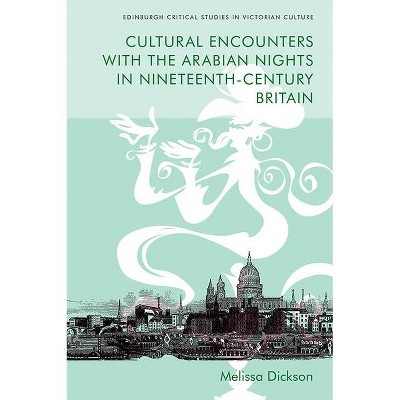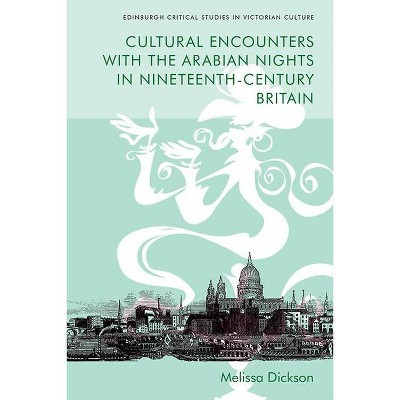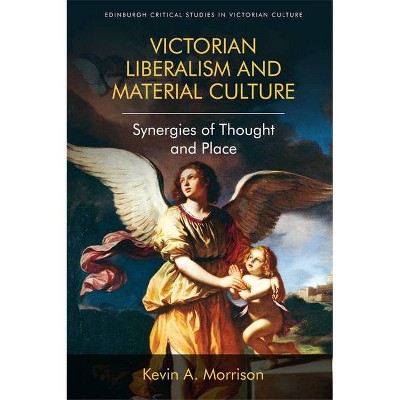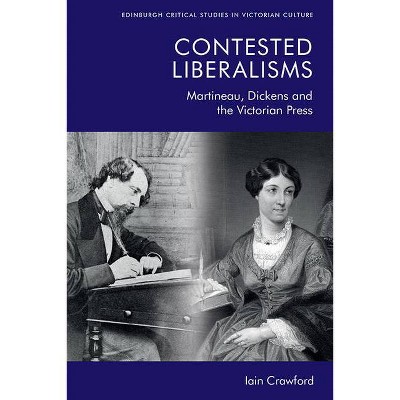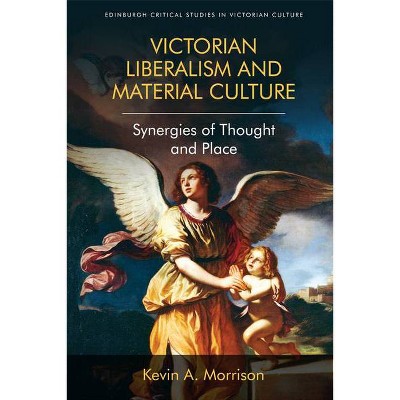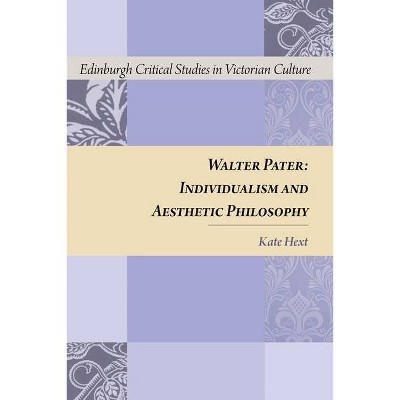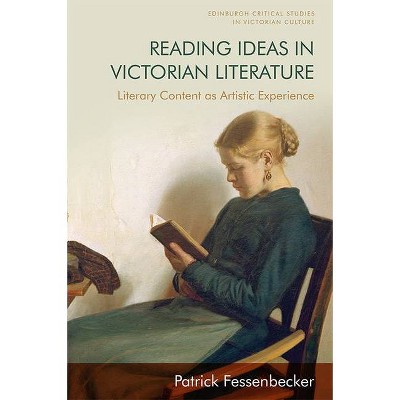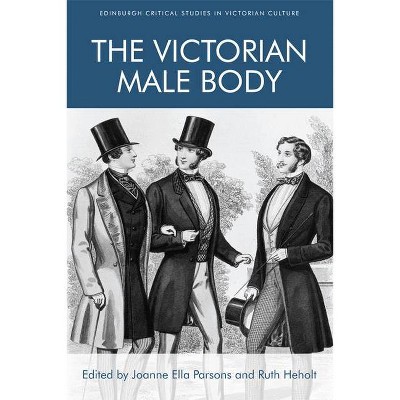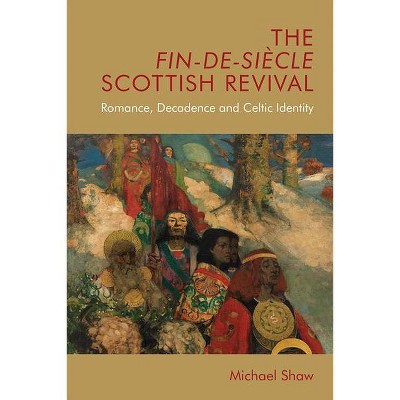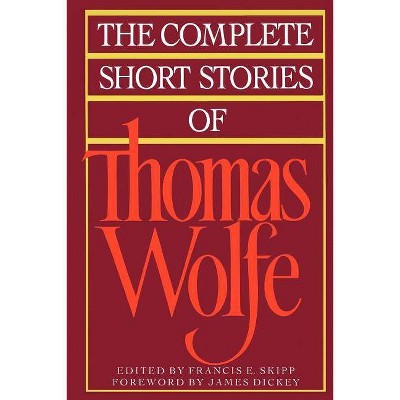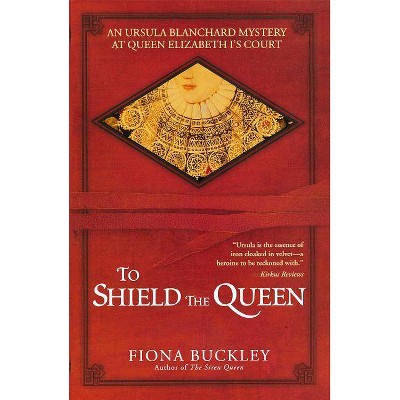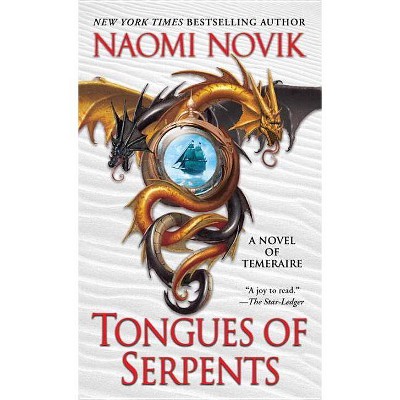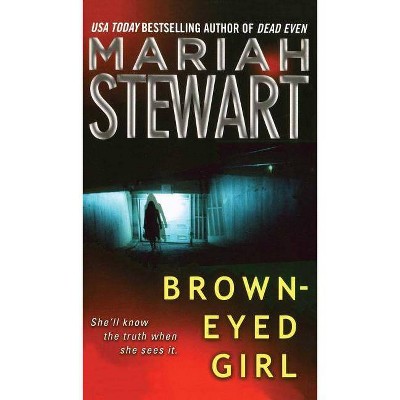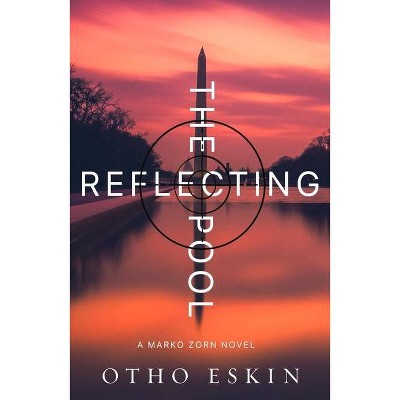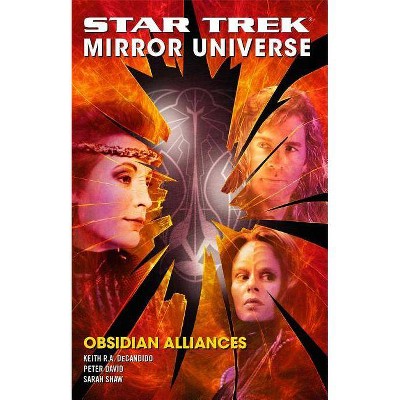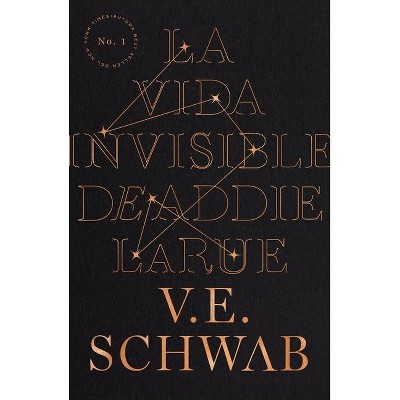Plotting Disability in the Nineteenth-Century Novel - (Edinburgh Critical Studies in Victorian Culture) by Clare Walker Gore (Paperback)
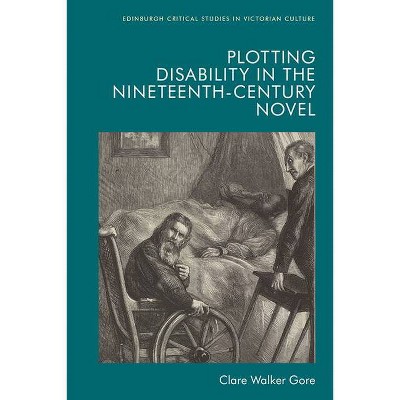
Similar Products
Products of same category from the store
AllProduct info
<p/><br></br><p><b> About the Book </b></p></br></br><p>This book takes an exciting new approach to characterisation and plot in the Victorian novel, examining the vital narrative work performed by disabled characters.</p><p/><br></br><p><b> Book Synopsis </b></p></br></br><p><strong>Examines the significance of disability in nineteenth-century fiction</strong></p> <ul> <li>Offers new insights into how disability shapes plot in nineteenth-century fiction</li> <li>Investigates the impact of a developing social category on the form of the novel, opening up ways of thinking about the intersection between novelistic characterisation and categories of social organisation </li> <li>Offers new readings of well-known novels by major writers such as Dickens, Eliot and James and brings these texts into conversation with work by more marginalised figures such as Yonge and Craik, considering the relationship between canon formation and the representation of disability</li> <p></p></ul> <p>This book takes an exciting new approach to characterisation and plot in the Victorian novel, examining the vital narrative work performed by disabled characters. It pdemonstrates the centrality of disability to the Victorian novel, demonstrating how attention to disability sheds new light on texts' arrangement and use of bodies. It also argues that the representation of the disabled body shaped and signalled different generic traditions in nineteenth-century fiction. This wide-ranging study offers new readings of major writers including Charles Dickens, Wilkie Collins, George Eliot and Henry James, as well as exploring lesser known writers such as Charlotte M. Yonge and Dinah Mulock Craik.</p><p/><br></br><p><b> From the Back Cover </b></p></br></br>Examines the significance of disability in nineteenth-century fiction This book takes an exciting new approach to characterisation and plot in the Victorian novel, examining the vital narrative work performed by disabled characters, and demonstrating how attention to disability sheds new light on these texts' arrangement and use of bodies. It also argues that the representation of the disabled body shaped and signalled different generic traditions in nineteenth-century fiction. This wide-ranging study offers new readings of major authors including Charles Dickens, Wilkie Collins, George Eliot and Henry James, as well as exploring lesser known writers such as Charlotte M. Yonge and Dinah Mulock Craik. Clare Walker Gore is a Junior Research Fellow at Trinity College, Cambridge.<p/><br></br><p><b> About the Author </b></p></br></br><p>Clare Walker Gore is a Junior Research Fellow at Trinity College, Cambridge. She has authored 'The Additional Attraction of Affliction: Disability, Sex and Genre Trouble in Barchester Towers', Victorian Literature and Culture 45.3 (August 2017), 629-643 and 'Noble Lives: Writing Masculinity and Disability in the Late Nineteenth Century', Nineteenth-Century Contexts 36.4 (September 2014), 363-375.<p>
Price History
Cheapest price in the interval: 29.95 on November 8, 2021
Most expensive price in the interval: 29.95 on December 22, 2021
Price Archive shows prices from various stores, lets you see history and find the cheapest. There is no actual sale on the website. For all support, inquiry and suggestion messagescommunication@pricearchive.us
